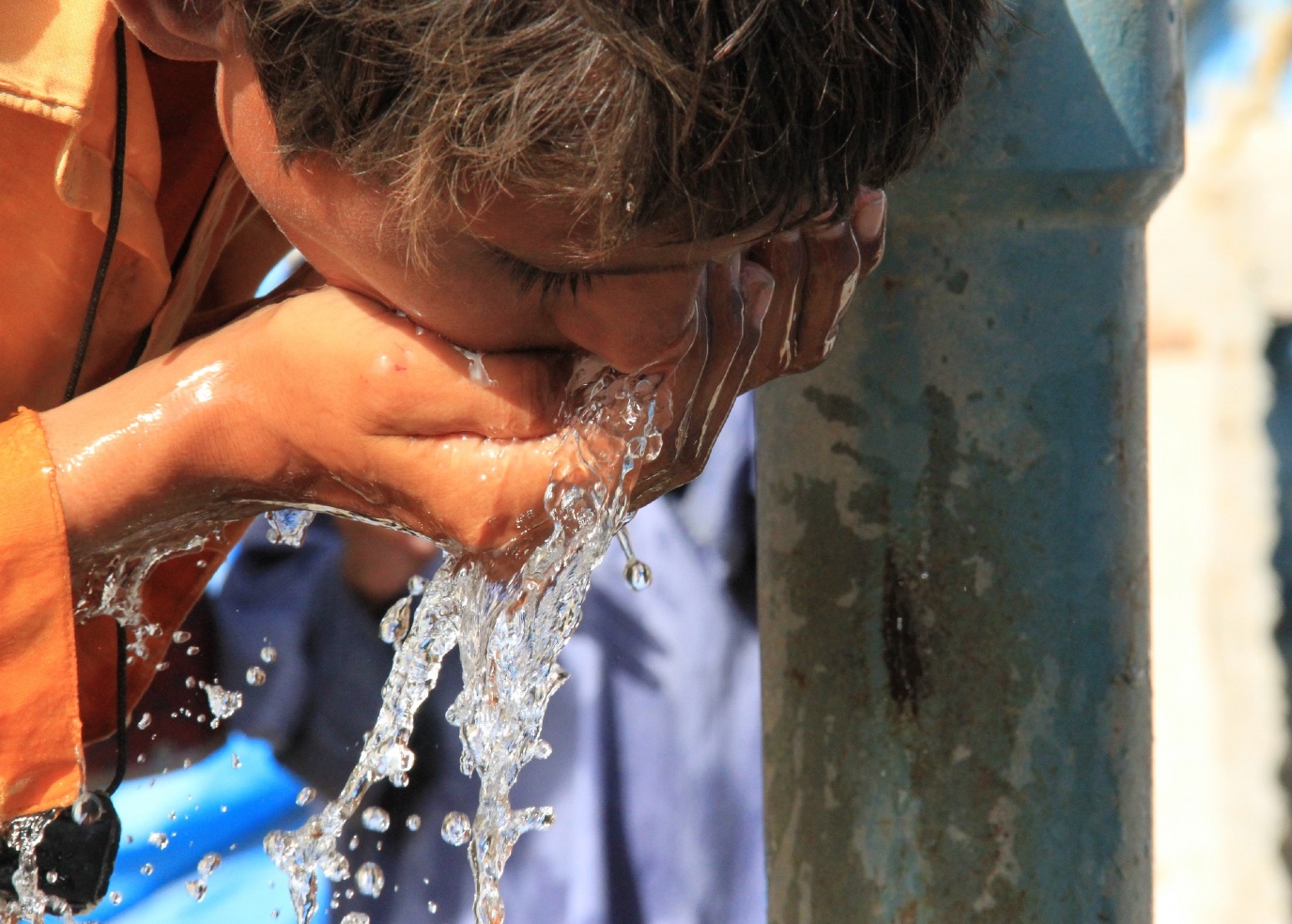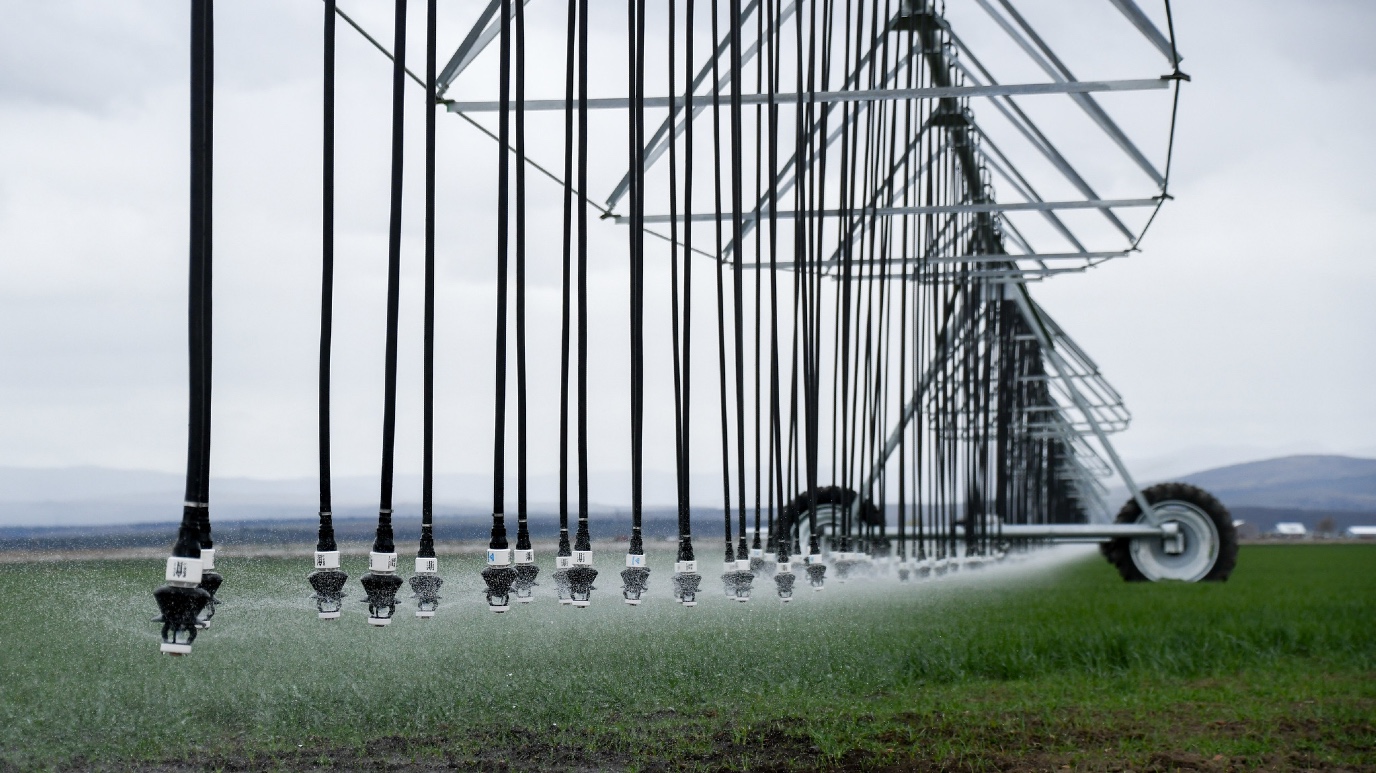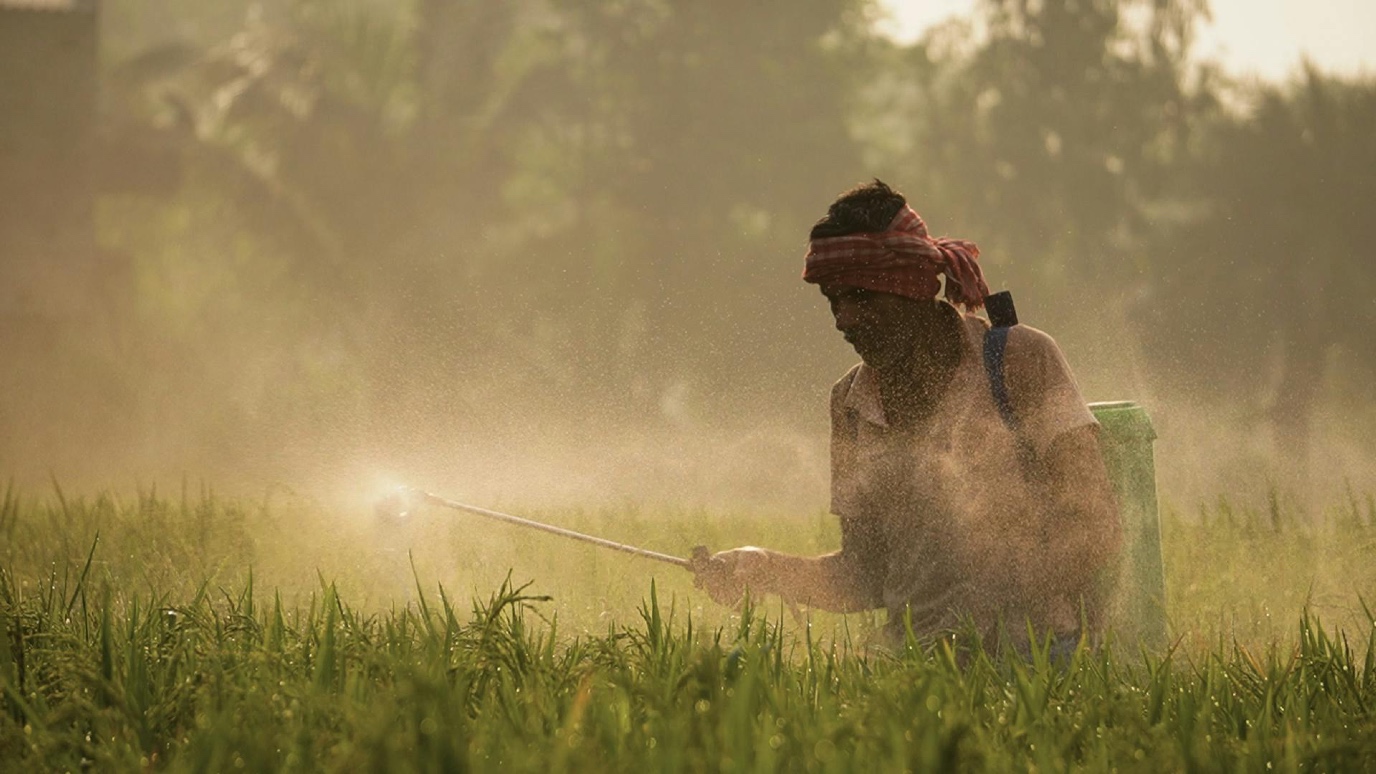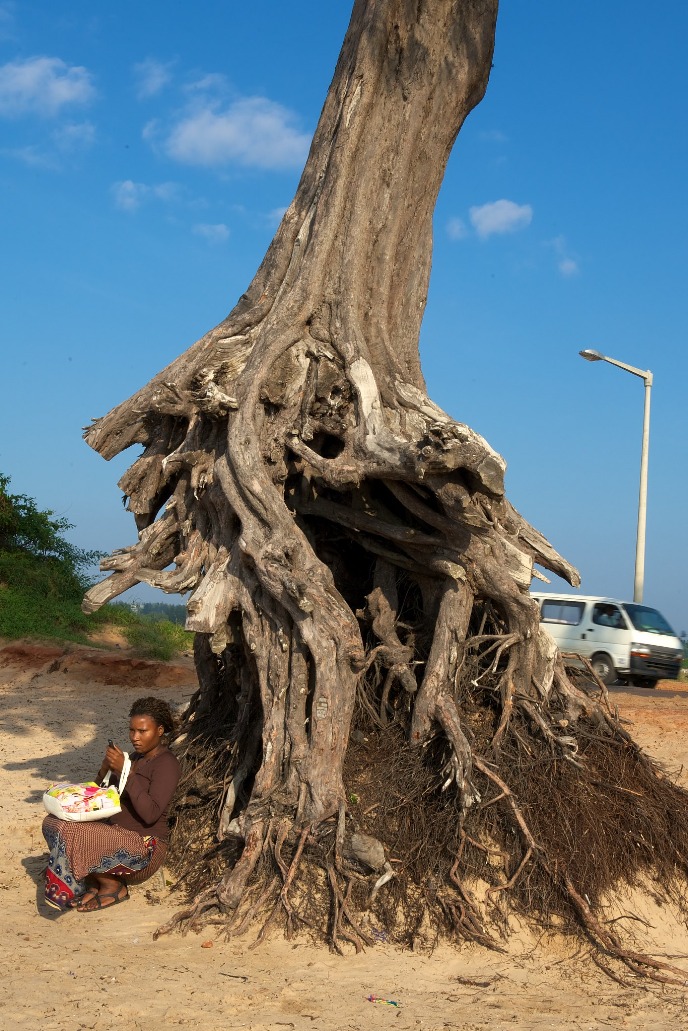Repair your jeans to save water

We must manage water differently, given the current triple planetary crisis . After all, there is only a limited amount of water on Earth. Environmental scientist Winnie Leenes demonstrates that having enough drinking water is not the only thing that matters: instead, we should concern ourselves with the total consumption of freshwater, and how our consumption may damage the ecosystem.
FSE Science Newsroom |Text Charlotte Vlek | Photo Leoni von Ristok
The amount of water on this planet has been exactly the same for many millions of years: what was available at the time of the dinosaurs is still here today. However, we also use increasingly more of it these days, and drinking water only forms a small part of the consumption: a lot of fresh water also goes into the production of, for example, a bar of chocolate (1720 litres for 100 gram), a pizza (1259 litres for a pizza Margherita), or a pair of jeans (8000 litres). This is, among other things, due to the fact that water is needed to grow cocoa beans or cotton plants or to keep cows for the cheese on your pizza.
The big consumers

‘About 90 percent of all our fresh water is used for agriculture,’ says Leenes. This water is a combination of rainwater, surface water such as water from lakes and rivers, and groundwater. Water that becomes polluted as a result of discharges also counts towards a product’s so-called water footprint. ‘The second major consumer is the industry,’ says Leenes. ‘Especially the cooling of power plants requires a lot of water. That is why they are often built near the sea, because there is no shortage of salt water.’
Drinking water only accounts for a small part of the total water consumption. And anyone who has enough money can always make drinking water, says Leenes. ‘Take Curaçao for example: they hardly have any fresh water there, but they are surrounded by sea. The desalination of seawater is relatively expensive, but it can be done. In that sense, we won’t have a drinking water shortage here in the Netherlands very soon.’
What is my water footprint?
As a consumer, we can control our overall water consumption in several ways. Not just by doing things like taking shorter showers, but particularly also by making choices about what we eat and what products we buy. Leenes is involved in the Water Footprint Network, founded by Arjen Hoekstra of the University of Twente. Leenes: ‘We have set up all kinds of databases: how much water is needed, for example, for 100 gram of cheese or a cup of coffee.’
The Water Footprint Network offers several helpful overviews and calculation tools to investigate and hopefully reduce your own water footprint. For example, try eating less meat for once and more peanuts. Buy quality clothes and wear them for a longer period of time and have that one pair of jeans repaired. By the way, did you know it is better to have strawberries with whipped cream for dessert than ice cream?
The damage of a water footprint that is too large

In Spain, nature areas are being drained for our tomatoes and strawberries
Many of the products we buy have used fresh water in a place outside the Netherlands. ‘When the local agriculture and industry consume too much water, it has a big impact on the ecosystem,’ says Leenes. ‘Take the Aral Sea region, on the border of Kazakhstan and Uzbekistan, for example.’ Due to the large cotton cultivation area around the lake, the body of water has shrunk considerably since the 1960s, which in turn means that there are hardly any fish left in it, and there is little fertile land nearby. ‘Something similar is happening in Spain though—nature areas there are being drained for our tomatoes and strawberries.’
As a general rule in order to ensure that enough water remains for a healthy ecosystem, we should use a maximum of 20 per cent of a region’s water supply. And this not only includes the water that we use for a particular product but also the water that becomes polluted. One of Leenes’ PhD students, for example, will soon defend his thesis on the water footprint of pesticides in China: when pesticides enter the local surface or groundwater, it can lead to water that is so polluted that it poses a risk to people’s health or to the ecosystems.
Taking knowledge back home

For another project, Leenes and her colleagues looked at the water consumption of power plants in countries in Africa. Many of Leenes’ projects involve the country of origin of a PhD student. ‘A PhD student, for example, is sent here by the ministry of that particular country, and upon return is able to issue advice at policy level. So, they take the knowledge that we gain here back to their country to be able to do something about local problems.’
And as to what we can do ourselves? ‘We should become more frugal with our clothes,’ argues Leenes, who also sits on the Scientific Advisory Board of public information organization Milieu Centraal. ‘A lot of water is being used in cotton cultivation, but changing your diet and using less electricity are also good ways to save water.’
Friday 21 March 2025 the Wubbo Ockels School for Energy and Climate organizes an event on climate adaptation and water, one of the key focus areas of the School. Central to the day is the question: How can we emphasise the urgency and opportunities of climate adaptation regionally and (inter)nationally, and how can (new) forms of communication help us in this?
This is the first newsarticle in a series on water research at the Faculty of Science and Engineering.
Read the next article here next week.
A changing climate affects all sorts of things, from energy and food supplies to natural disasters such as floods. Researchers at the University of Groningen work on models to get a better grip on such changes, and to be able to make predictions.
Regional water authorities are sometimes forced to discharge waste water from our sewage system untreated. ‘It then ends up in a canal or a lake,’ computer scientist Dilek Düştegör explains. She collaborates with municipalities and regional water authorities to develop computer models to best manage wastewater flow.
Biotechnologists Gert-Jan Euverink and Tom Sleutels work on improving purification of wastewater to prevent pollutants being discharged into surface water.
More news
-
20 November 2025
New conductive hydrogel is as soft as the brain
-
20 November 2025
What if we would classify mental disorders in a different way?
-
18 November 2025
Rockets, robots, and regulations
